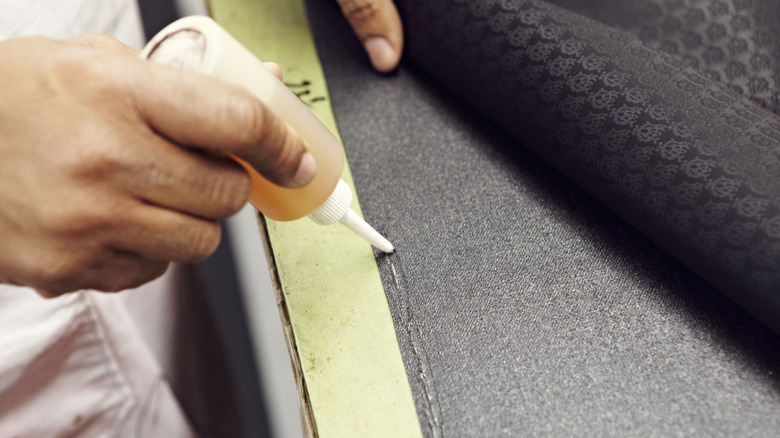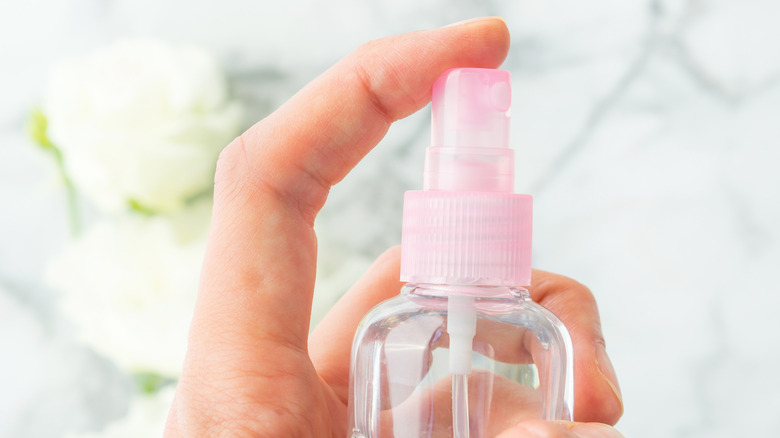Speed Up Krazy Glue Dry Time On Fast Projects With A Simple Ingredient
How long does it take Krazy Glue and other cyanoacrylate (CA) glues to set? In the dusty halls of memory, where men hang from hard hats superglued to steel beams in TV commercials and your mom says your fingers might get stuck together forever, you might remember that the stuff hardens almost immediately. And it might, occasionally, but when you're trying to actually get some work done with CA glue, it can be frustratingly slow to cure. This can be addressed by using a CA glue accelerator to speed up curing time, and one such accelerator is abundant and cheap, making up 60 percent of your body and covering 71 percent of the earth.
Yep, just a spritz of water will make CA glue harden almost immediately. Water, it turns out, is the primary catalyst that allows adhesives Krazy Glue and Super Glue to work. These products include stabilizers that keep it liquid (that is, prevent it from curing). Exposing it to a weak base like tap water (and alcohol and some other concoctions) basically deactivates those acidic stabilizers, allowing the CA glue to polymerize into hardened polycyanoacrylate. If your halls of memory have a chemistry classroom, you're probably recalling that water is pH-neutral, but most tap water is slightly basic (alkaline) because of the presence of dissolved minerals.
It takes a tiny amount of moisture for this to work. In most cases, a slightly damp surface will usually cure CA glue in seconds. Low humidity can cause these adhesives to cure slowly (which is why opening your glue will shorten its effective life), so an accelerant is particularly effective in dry climates.
How to use water as a CA glue accelerant
This trick is usually simple — just dampen one of the surfaces you're joining by spraying or sponging a little water on it. Afterward, put a thin layer of CA glue (no more than .25 millimeters when your surfaces are squeezed together) on the other and stick them together. It would be ideal to dampen both surfaces, but then the glue would cure before you could manage to stick the two together. And even if you're super-fast, curing too quickly causes a whitening ("hazing" or "blooming") effect in the adhesive.
You can also create a stronger bond and speed up CA glue's drying time by adding a handy kitchen ingredient — baking soda — to your DIY activator. A ½ teaspoon added to a ¼ cup of water will give you a few seconds to position your pieces. Doubling that amount will make the bond almost instantaneous, which is usually not desirable, so don't be careless if you decide to go beyond the water-only approach. The baking soda and water combination creates a significantly more powerful bond, especially when joining plastics.
There are some factors that can work against your effort to make a fast bond. One is that the acids present in some substrates — wood, for example — can counteract a weak accelerant and drive up dry times. Higher-viscosity gel-style CA glue can also take longer to bond, and viscosity can affect the final strength of that bond positively or negatively, depending on the surface materials.

